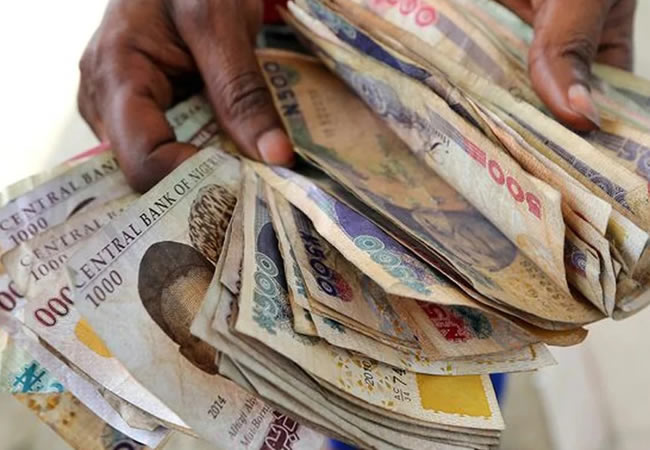At the Investors, Exporters’ FX window, the Naira fell against the US dollar and was trading at N463.37. On the other hand, according to FX trade statistics, the parallel market increased by 0.44% to N741 from N744.
Tuesday saw a little increase in the value of the naira, the indigenous currency of Nigeria, reaching N462.88 per US dollar at the Investors and Exporters foreign exchange (FX) market.
According to MarketForces Africa, the currency rate started the week at N463.25 after breaking above the barrier level amid soaring FX demand. In 2023, the exchange rate fluctuated between N460 and N465 due to a lack of foreign cash. The naira was valued in the black market at N747 to the US dollar as opposed to N744.
The Nigerian naira’s potential to strengthen is limited by its limited ability to generate foreign currency in the face of declining export statistics. Analysts have emphasized that the local currency needs to be devalued to a level close to its true value for the whole year. The central bank has started to increase market involvement in the latest effort to stabilize the local currency.
The move has begun to have significant effects on the balance of foreign reserves, raising concerns about its durability. The Central Bank of Nigeria conducts weekly foreign exchange auctions to ensure naira currency stability.
Nigeria’s gross external reserve was last estimated to be $35.39 billion at the close of business on Tuesday, about the time that crude oil prices began to rise. Data from the market showed that oil prices closed right on the $85 per barrel threshold. Weak investment in oil infrastructure affected Africa’s largest economy to benefit from the oil boom.
Still, a daily production volume of 1.3 million barrels remains behind the Organisation of Petroleum Exporting Countries (OPEC) and its allies (OPEC) 1.88 million barrels per day quota.
Listed companies reported FX losses due to negative movement in the exchange rate, according to audited reports from the stock market. Last year, the naira was weakened by about 11%, exposing manufacturers to FX losses. Naira Lost 11% as Banks Issue New Update on FX Spending
Analysts believe the trend will persist as manufacturers continue to demand imported raw materials and services for further production amidst a lack of comparative advantage in the local economy.
In the global market, the dollar index declined as countries begin to de-dollarise their economies, shifting attention to the Chinese Yuan as the base currency for large deals.














